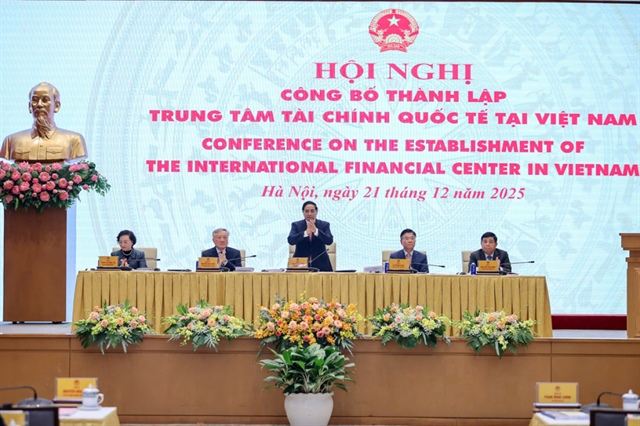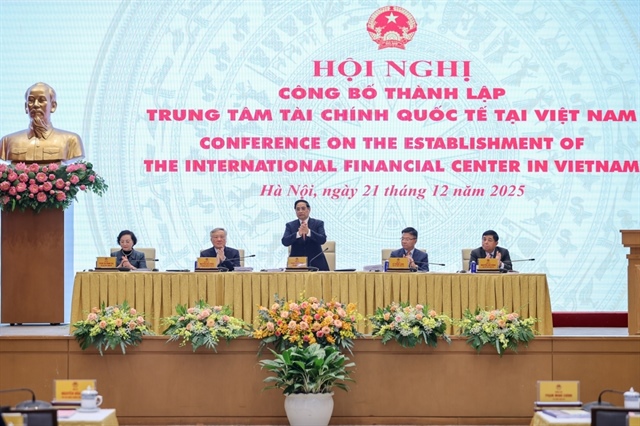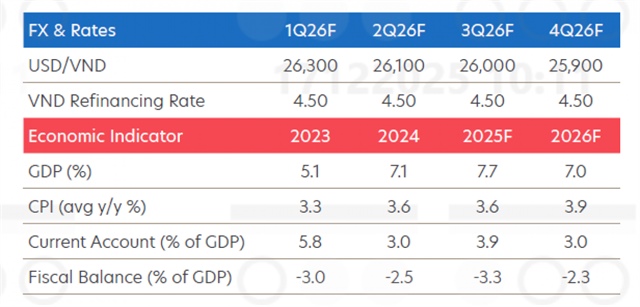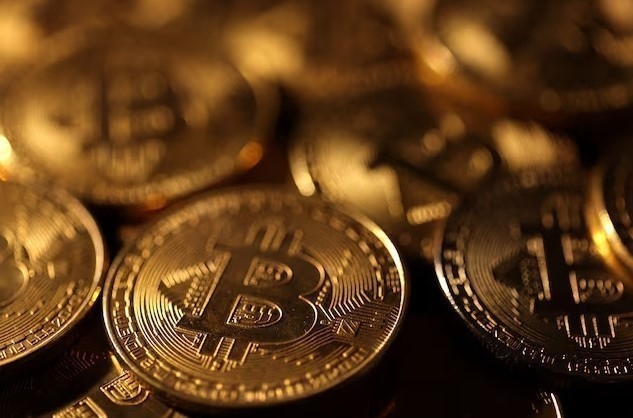Banks sneeze, the national economy catches a chill
Banks sneeze, the national economy catches a chill
When Vietnam officially joined WTO in 2007, foreign investors believed that Vietnam would become one of the most attractive investment destinations. However, Vietnam’s IDR (issuer default rating) still has not been significantly improved over the last five years.
Credit rating still lowVietnam’s IDR is now at “B+” as assessed by Fitch Ratings, which means “relatively high risk”. At “B+”, Vietnam still can fulfill all its liabilities, but the capability of meting liabilities much depends on the business environment.
Meanwhile, Vietnam is facing big challenges. The European economy has bogged down in the public debt crisis, while the US economy has not shown the signs of strong recovery and Asian countries are struggling with high inflation. This means that Vietnam finds it very difficult to export products to the markets to earn money.
The domestic business environment has been improved with the inflation curbed and bank liquidity improved. However, businesses are dying because of too many shocks and high bank loan interest rates.
The IDR shows that Vietnam is on a part with underdeveloped countries in Africa. Meanwhile, Vietnam is located in the most dynamically developed region in the world – South East Asia, and on the region’s strategic position. Other South East Asian countries are above Vietnam in IDR, such as Malaysia (A-), Thailand (BBB), Indonesia (BBB-) and the Philippines (BB+).
The low credit rating means that Vietnam would have to pay high for borrowing international capital, thus making the economy less competitive.
National economy heavily relies on banks…
This is the most outstanding feature of the Vietnamese economy. The ratio of the total assets of the banking system on GDP of the country is among the highest levels in the region.
The countries with the same or a little higher development level than Vietnam have the total banking assets smaller than gross domestic products (GDP). Meanwhile, the ratio of Vietnam is as high as 128.5 percent, just lower than that of China, Thailand and Malaysia. Some experienced bankers even believe that Vietnamese banks’ total assets are double the GDP.
It’s clear that the national economy has been heavily relying on the banking system, and that the banking system’s operation always has big impacts on all economic fields. That explains why when the banking system sneezes; the national economy would catch cold.
… but banks have too many problems
Economists have repeatedly warned about the weak liquidity of some commercial banks recently. This has been attributed to the imbalance between the capital mobilization and the lending.
In other countries, the ratio of outstanding loans on the capital mobilized from businesses and individuals is less than 100 percent, while the safety line is 80 percent. Indonesia and the Philippines, which are considered as having similar conditions with Vietnam, have the very low ratios, while Vietnam’s is 104.2 percent.
The bad debt ratio of the banking system, according to the State Bank, is about 3 percent. However, international credit rating firms believe that the actual figure is higher. Fitch Ratings believes that Vietnam’s bad debt is 3-4 times higher than the official figure released by the State Bank, if calculating bad debts in accordance with the international standards.
It seems that credit rating firms keep pessimistic about the bad debt situation of the Vietnamese banking system. The reported bad debt ratio in the real estate sector is also very low, which has raised doubts about the accuracy of the report. While hundreds of real estate firms shout for help and the real estate market keeps gloomy with no transaction, people have every reason to believe that the actual figure could be higher.
vietnamnet























